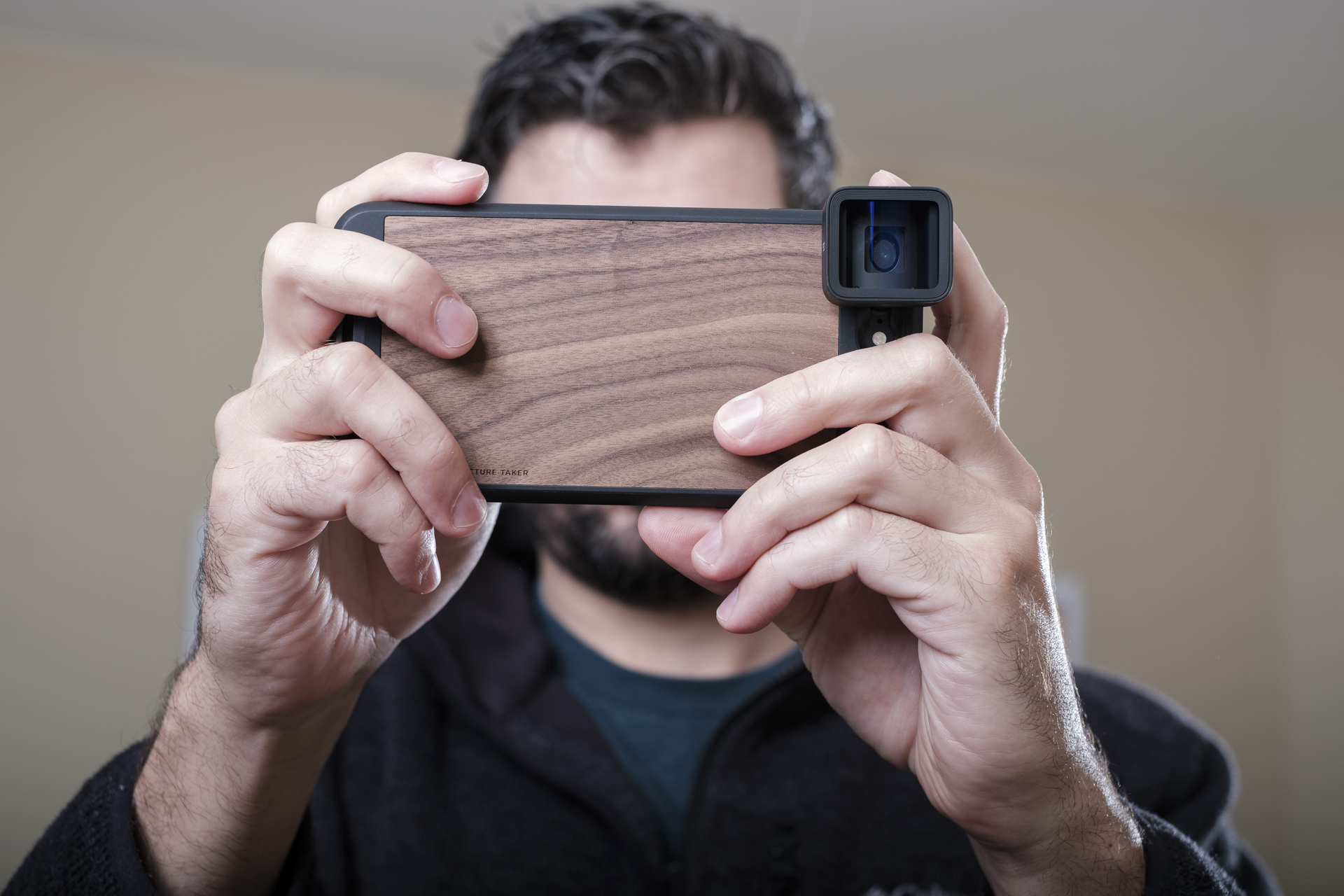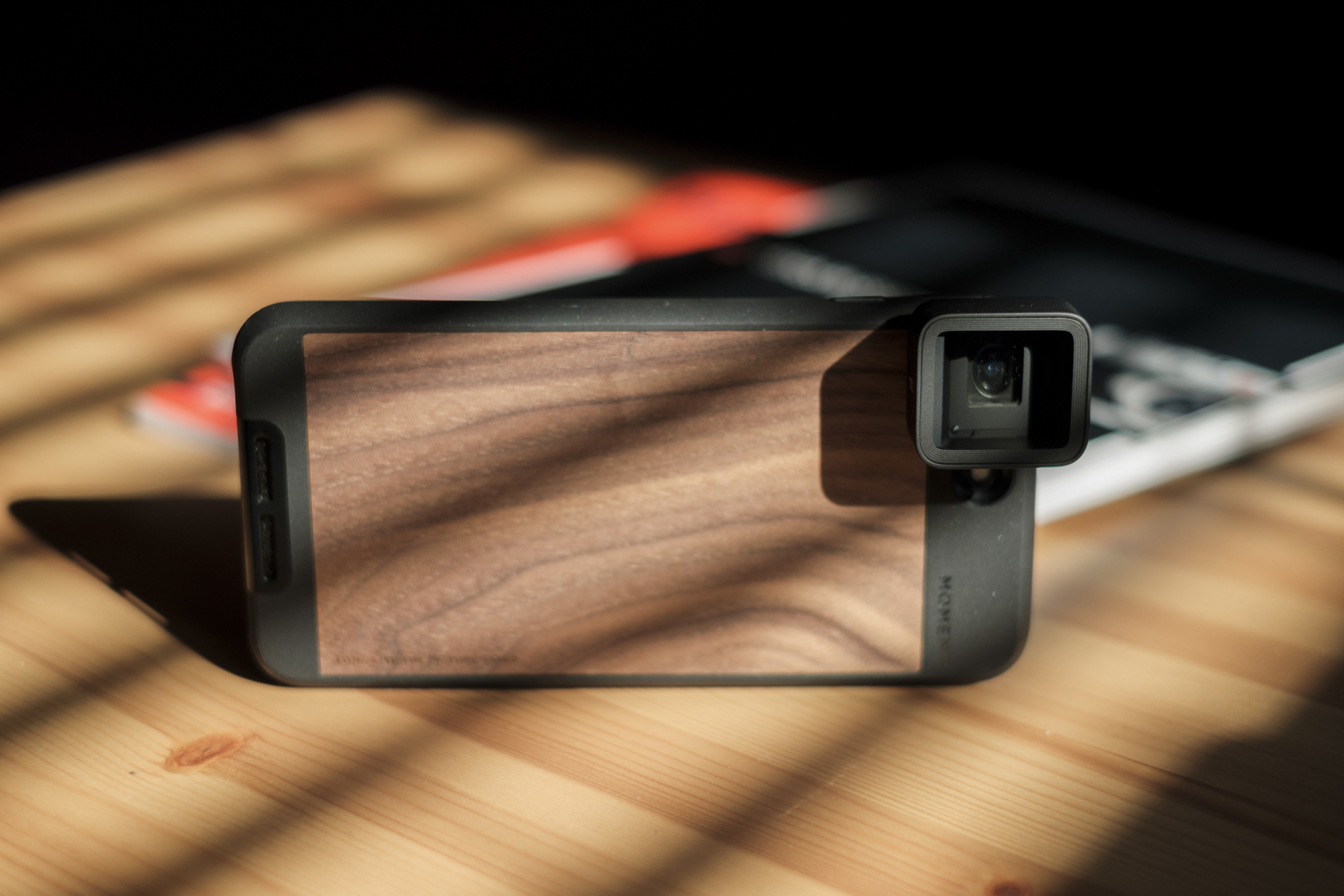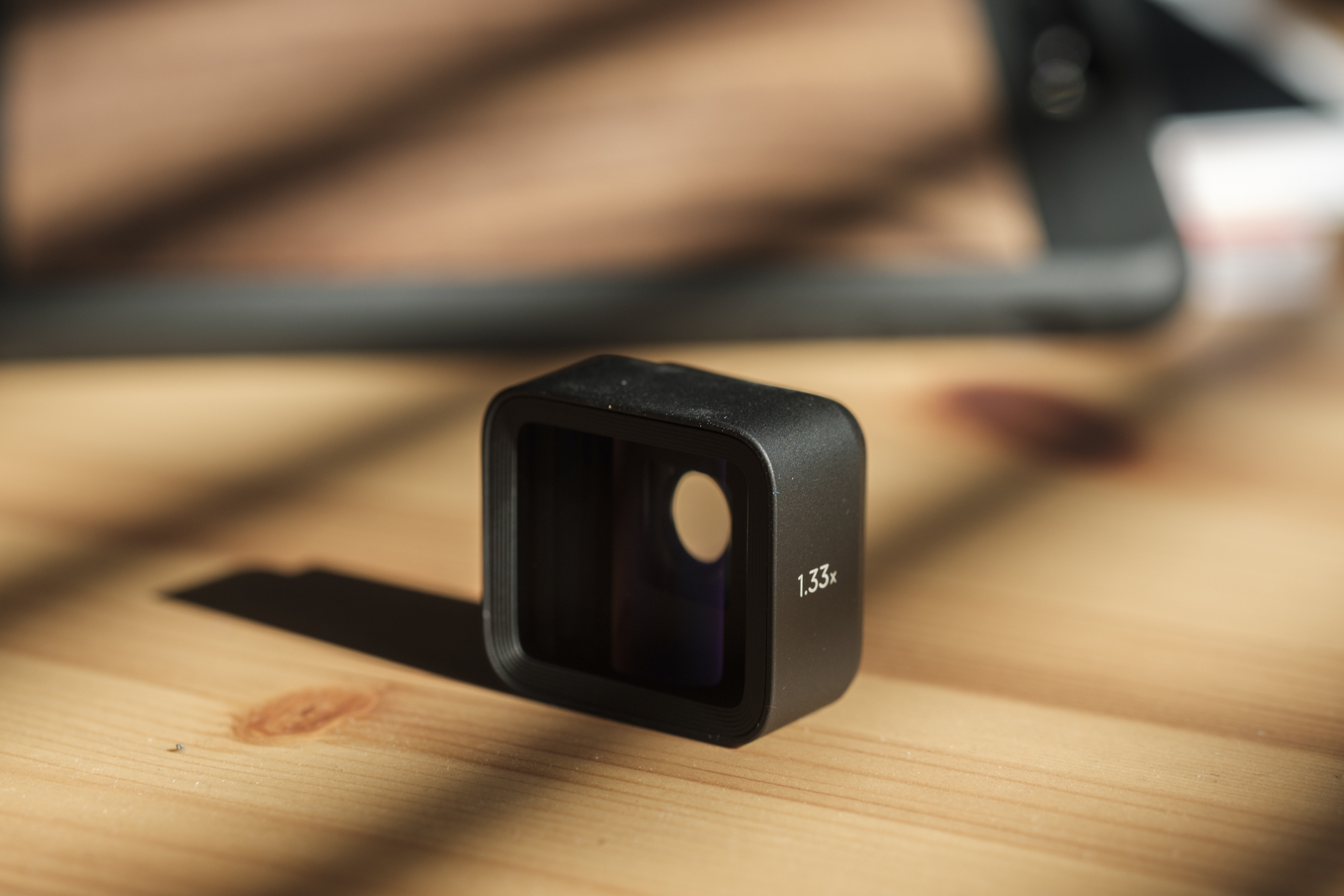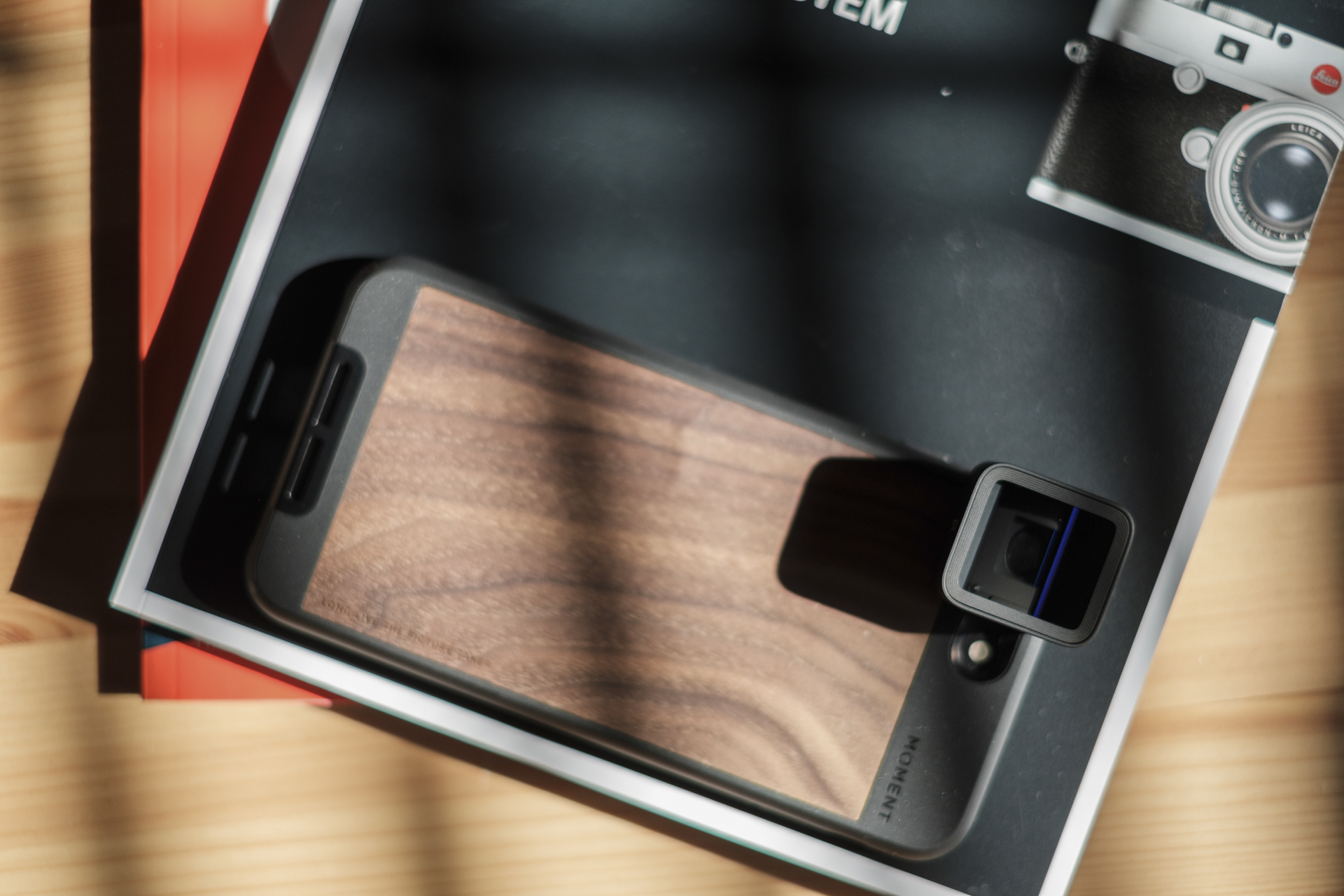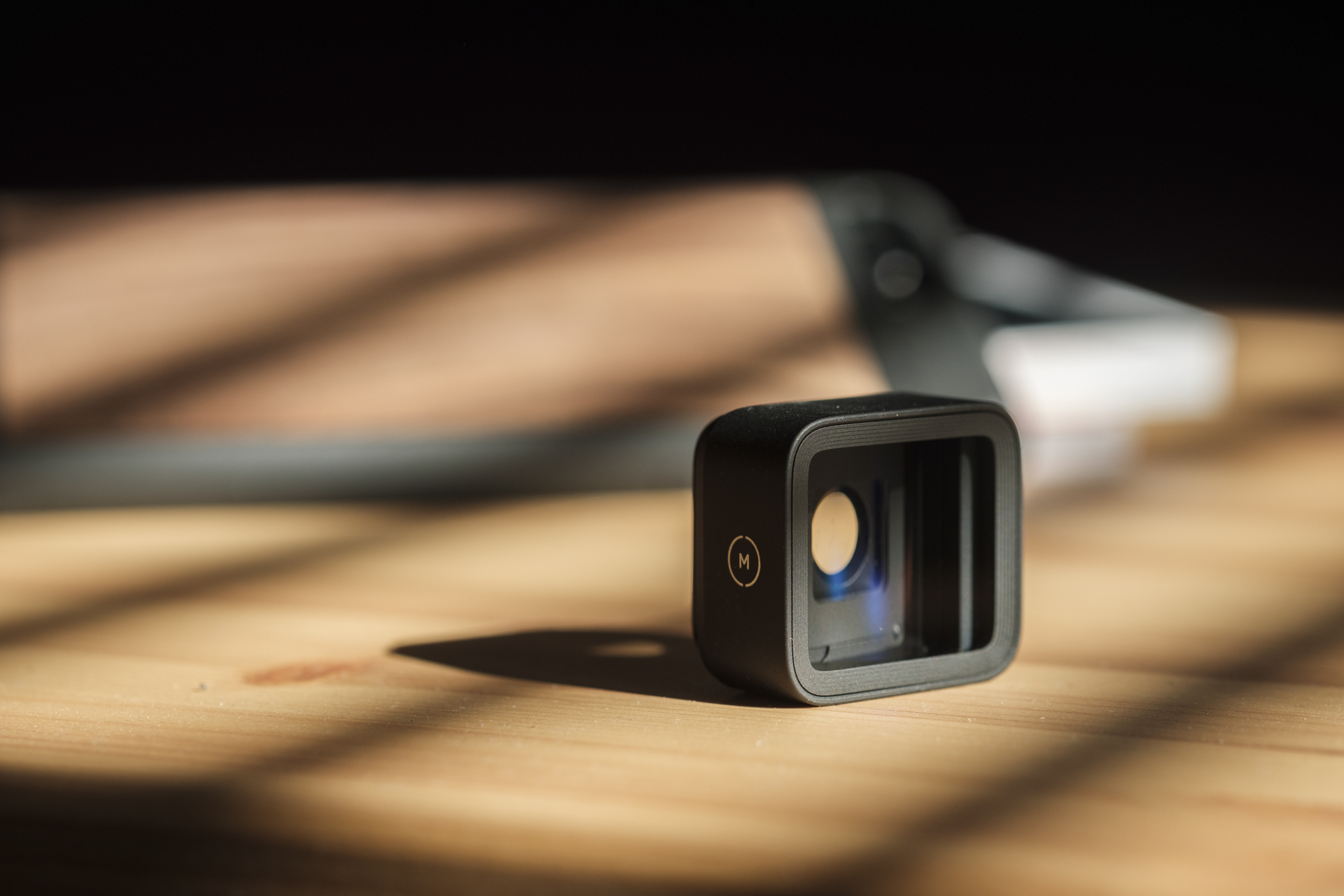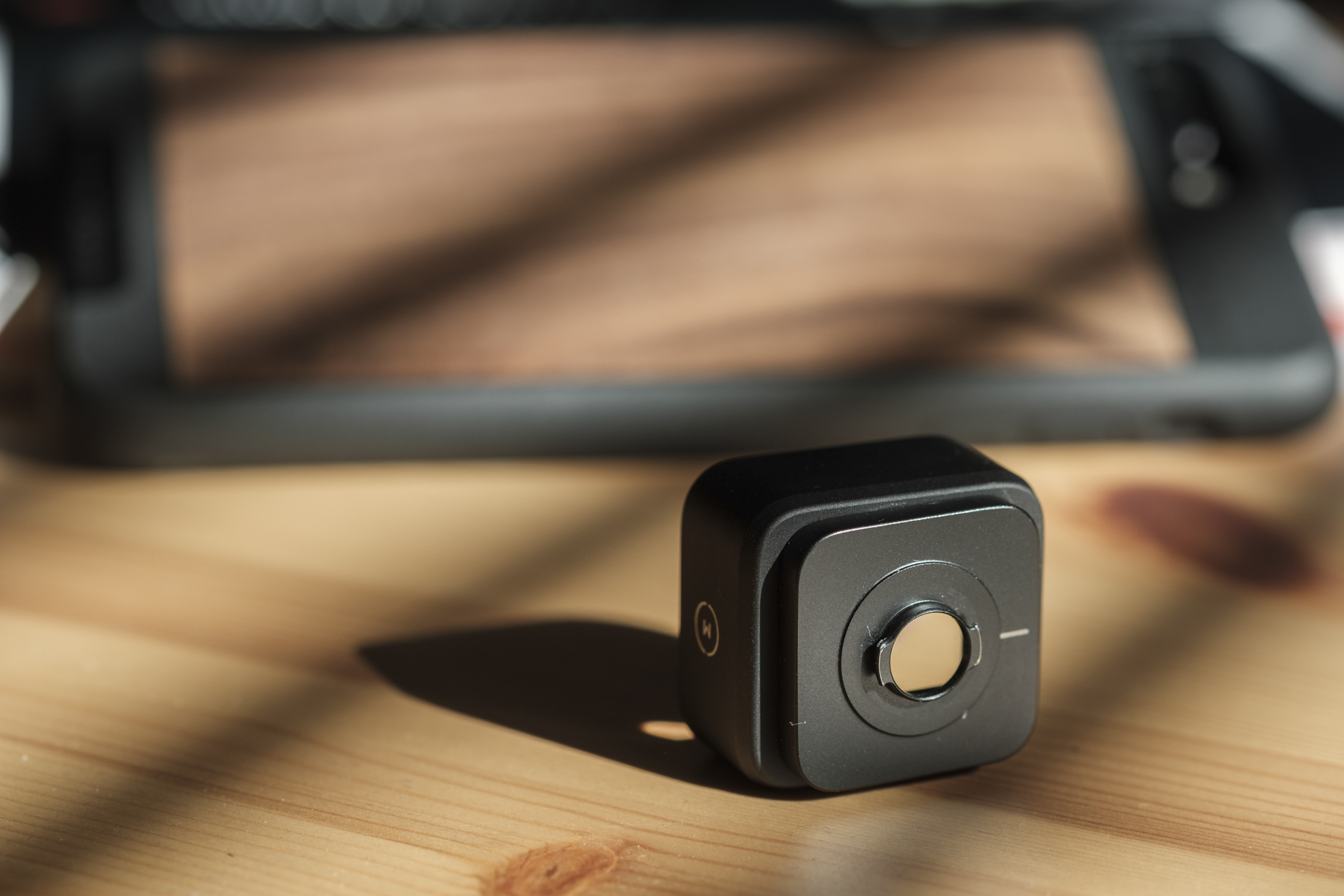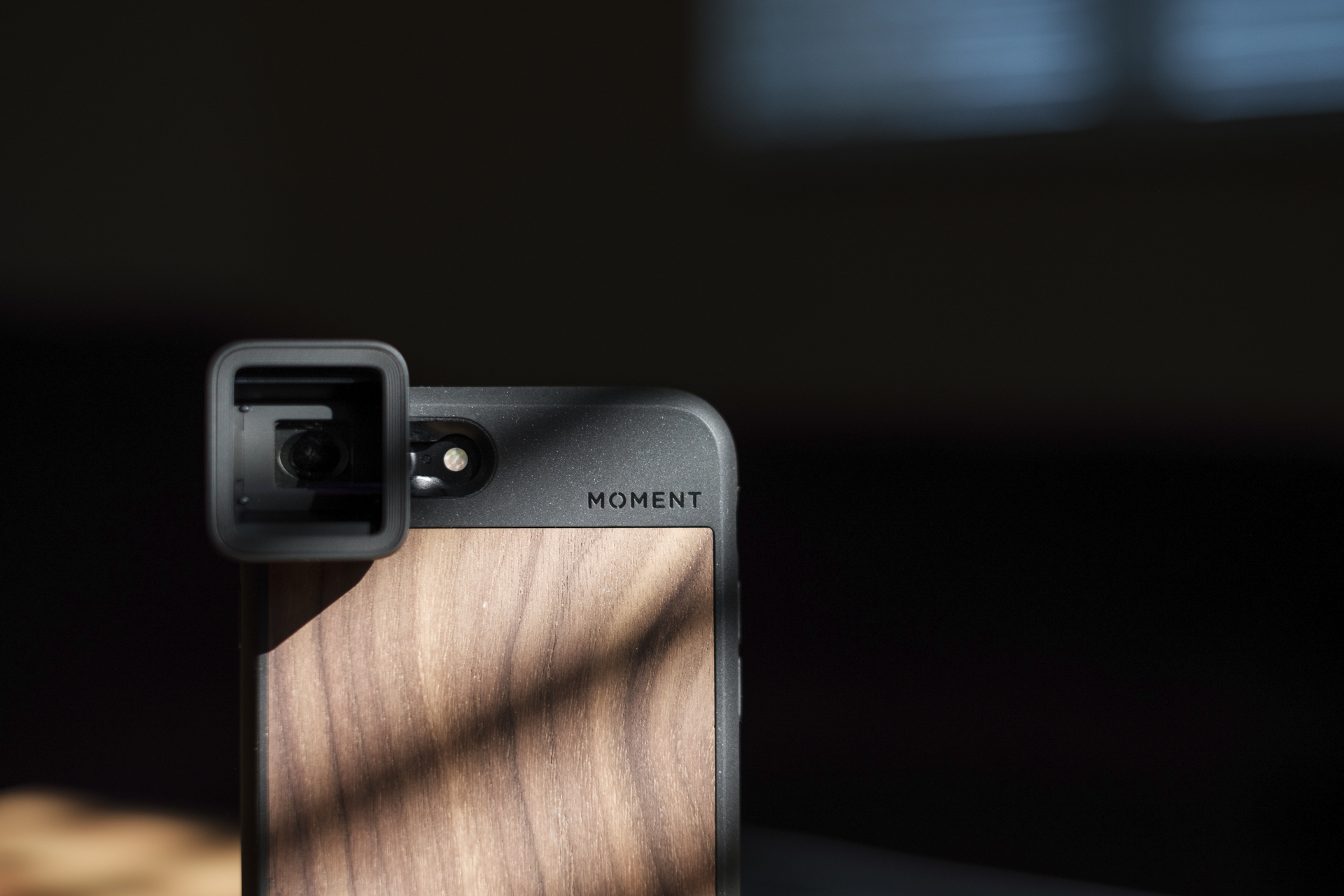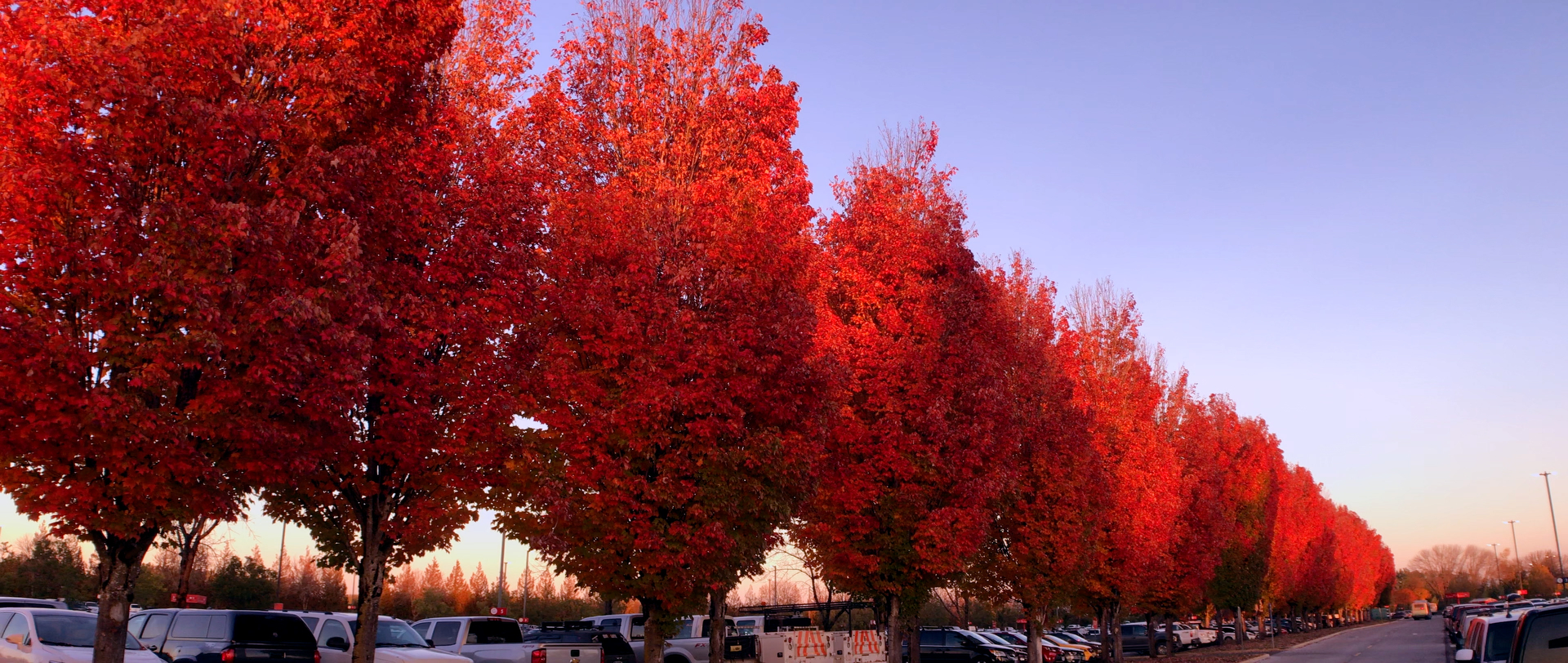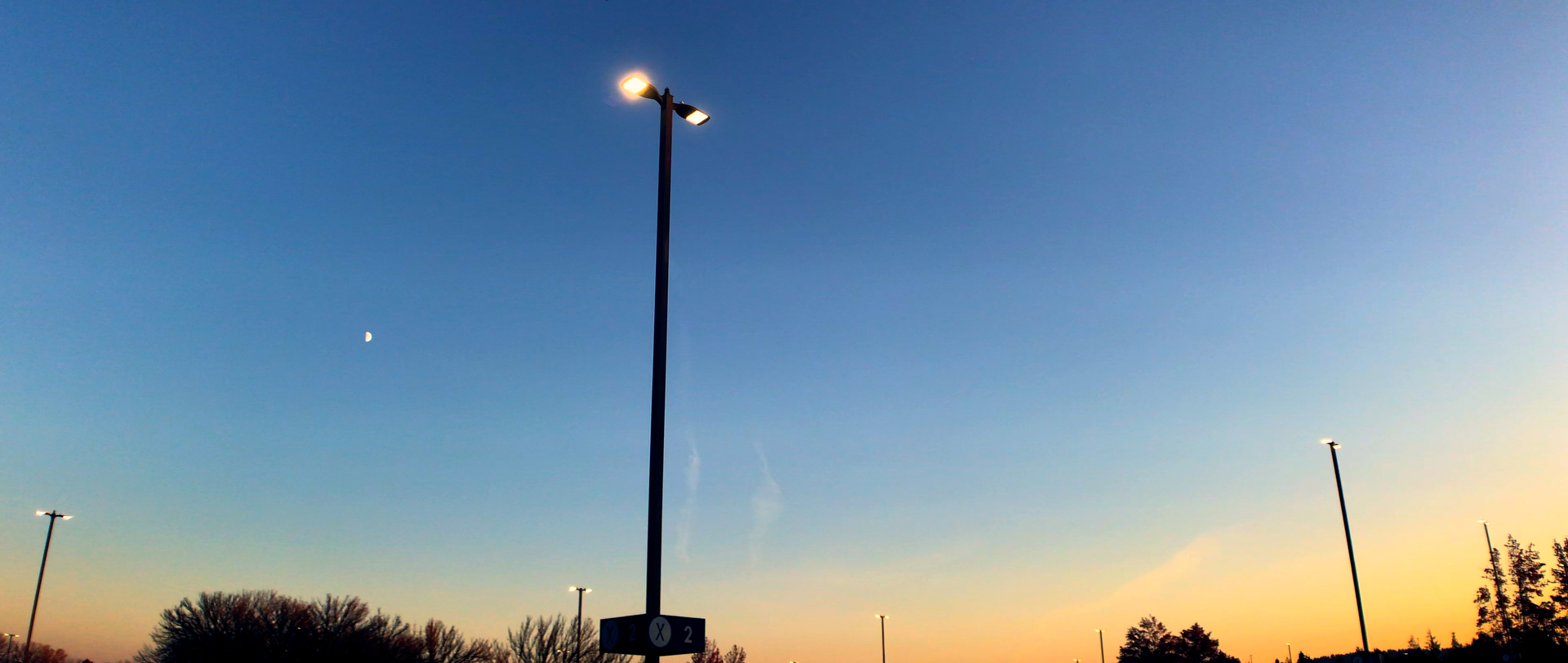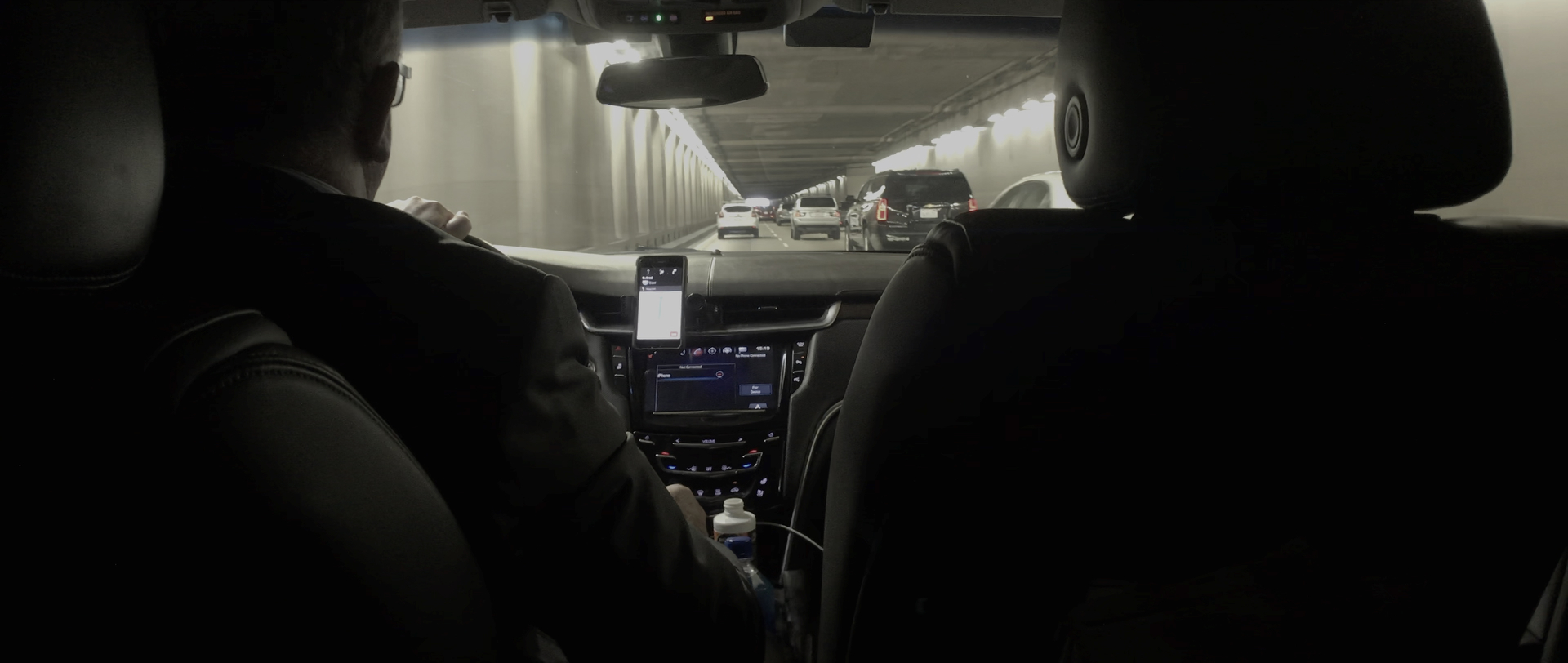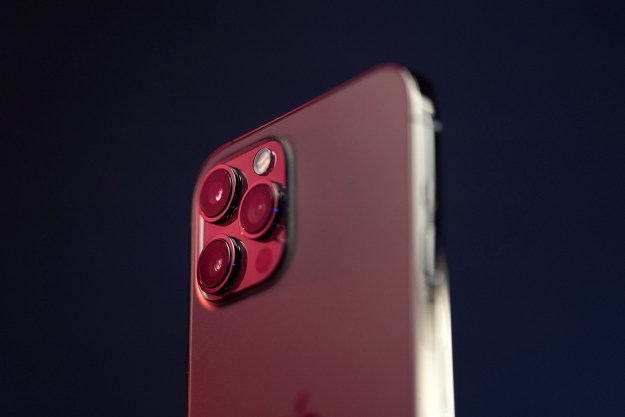Add-on camera lenses for your phone can be found everywhere. They can be gimmicky or quite good, but rarely would we describe one as transformative. The Moment 1.33x Anamorphic lens is different. It doesn’t just change your perspective; it grants you access to a world few outside of Hollywood can afford. No, this doesn’t mean next year’s blockbusters are going to be shot on phones (although, that wouldn’t be totally surprising), but this $120 accessory lens might just be the closest most of us will ever get to using a real cinema camera with an anamorphic lens attached.
But hold up: Just twisting a new piece of glass over your phone’s existing lens and sensor can’t actually improve image quality, right? Sure, that is objectively true, but it doesn’t account for the nuances of look and feel that really determine how someone responds to an image. The Moment Anamorphic lens doesn’t make smartphone video better, per se; it makes it more intriguing. And that’s the real value.
What is an anamorphic lens?
An anamorphic lens is inherently different from a standard spherical lens. Rather than having an equal field of view in the vertical and horizontal dimensions, it is wider horizontally than it is vertically. Why would anyone want this (other than, apparently, World War 1 tank operators)? To answer this question, you have to think back to the days of motion picture film.
Today, we think of aspect ratio (e.g., 16:9, 4:3, etc.) in terms of the shape of the imaging sensor, or a cropped region of it. For example, when your phone shoots video, it is selecting a 16:9 region of pixels out of the total sensor area. But film is a fixed size; if you want to get a wider aspect ratio out of 35mm film, you can’t just crop it — at least, not easily, and not without throwing away valuable light-sensitive real estate. Instead, aspect ratio of film was determined by the lens. A 2x anamorphic lens, for example, would utilize the full surface area of a frame of film, but with a field of view that was twice as wide as it was tall, resulting in the widescreen cinema look we all know and love.
The Moment Anamorphic is a simple piece of optics; it embraces the flare.
Such lenses work by “squeezing” the extra horizontal field of view to fit on the film (or sensor), which results in a very weird looking image that has to be “de-squeezed” to look normal again. Anamorphic movie projectors do this optically, but nowadays we can do it digitally — even on a phone.
Since the Moment is working on an already wide 16:9 frame, it uses a smaller 1.33x anamorphic multiplier. This means it gives you less extra width, but it is still very noticeable (and a 2x anamorphic lens on a 16:9 crop would yield an awkwardly wide frame).
Here’s the key takeaway: While you can always crop your video to a wider aspect ratio, this results in throwing pixels away. An anamorphic lens adds width, rather than subtract height, so you maintain whatever your original resolution was, be that 4K, Full HD, etc. But more importantly, it has unique subjective attributes that simply cropping a spherical-lens video won’t give you.
J.J. Abrams called. He wants his lens flares back
Beyond just making things wider, anamorphic lenses have sought-after visual effects that have made them so popular. They have a tendency to create expressive (some might say distracting) lens flares with long tails that stretch out horizontally across the frame.
High-end anamorphic lenses are actually engineered to reduce such flaring — which is one reason why some directors will add flares in postproduction — but the Moment Anamorphic is a simple piece of optics; it embraces the flare. Point it toward the sun and watch in glee as a blue line juts across your video (sometimes you even get two blue lines!). Is it a bit silly? Perhaps, but it’s also a lot of fun.
Anamorphic lenses also have a unique look, since they are wider than their focal length would suggest. On larger sensors, this leads to a shallower depth of field than what is expected for the field of view. Since the lenses are wider horizontally than a spherical lens of the same focal length, a cinematographer could shoot, say, a 50mm lens instead of a 25mm (in the case of a 2x anamorphic lens), which offers a shallower depth of field.
Now, this isn’t something you are likely to notice on a phone — the sensor is just too small and the focal lengths of the lenses too short to produce a shallow depth of field — but on dual-lens phones, you can mount the Moment Anamorphic over either lens, and it works great on an iPhone’s telephoto lens. No, there still isn’t much in the way of depth of field control, but it grants you some extra field of view while maintaining the telephoto perspective, with less distortion compared to using the wide lens. That means on an iPhone XS, for example, you essentially get two anamorphic lenses in one.
The Moment app and case
The Moment camera app has long been a popular choice for photographers looking to get more out of their phones. It offers full manual control over ISO and shutter speed, but you can keep it in automatic if you prefer. For video, you can choose resolution and framerate, including the option for 24 fps, the cinematic standard. Shooting anamorphic 4K/24p on a device that fits in your pocket is simply astonishing (at least to this writer, who remembers what a big deal it was when standard definition camcorders first got a 24p option).
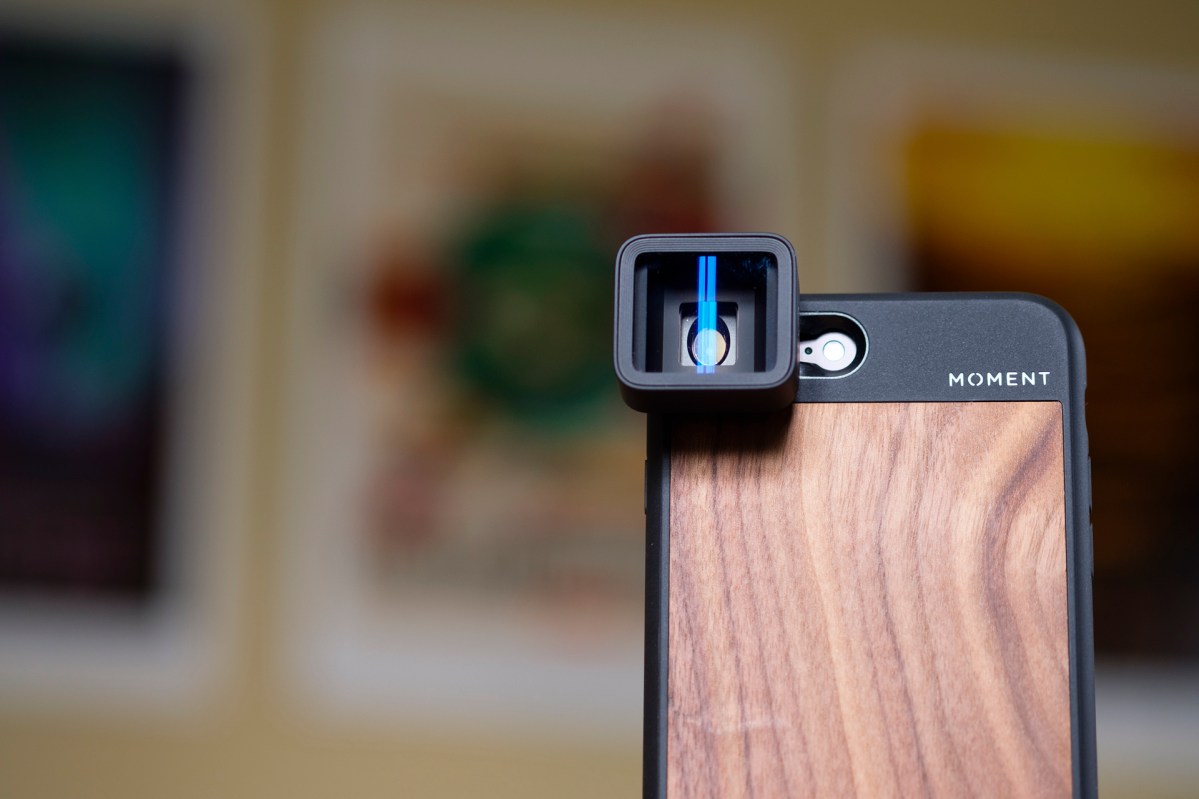
The one thing the Moment app does that’s unique for the Anamorphic lens is built-in de-squeezing. When you first lock the Anamorphic lens in place, you’ll see a very distorted picture, but just tap on “Anamorphic” from the lens selection menu, and immediately everything will look normal again — just much wider.
While it’s technically possible to mount an anamorphic lens on any camera, like a hybrid mirrorless camera or DSLR, most can’t de-squeeze the image, so you have to wait until you’re editing to see it correctly or use a bulky external monitor with a de-squeeze feature. But with all of the de-squeezing done in real time right in the app, working with the Moment Anamorphic lens is much easier.
Be aware that the Anamorphic setting is not the default for the Moment app, so get in the habit of checking.
One thing to note: You can choose to save the files either in their proper, de-squeezed aspect ratio, or in their squeezed 16:9 format to be de-squeezed manually later. The former will reduce the resolution (to 3,840 by 1,624 in 4K mode) while the latter will keep all the original pixels (3,840 x 2,160).
If you don’t mind doing it yourself, you’ll preserve more detail by de-squeezing in post. We appreciate that Moment included this option, as it’s the only way to fully realize the benefits of an anamorphic lens.
Also, be aware that the Anamorphic setting is not the default for the Moment app, so it’s good to get in the habit of checking it every time you launch the app. We tested it on an iPhone 7 Plus running iOS 12, and restarting the phone, or reopening the app after force quitting it, resulted in the app defaulting to its original, non-anamorphic mode. Working in low power mode, which disables background app refreshing, also resulted in this when closing and reopening the app.
While we tested the lens on an iPhone, it is compatible with select Android phones, as well. Moment currently offers cases for a variety of Google Pixel and Samsung Galaxy phones, in addition to iPhones dating back to the iPhone 6. The cases are all elegantly designed to be as minimalist as possible, with a few different colors and finishes. The lenses simply twist to lock into place with a sturdy hold.
The Anamorphic lens can be rotated 90 degrees so you can use it in either portrait or landscape orientation. (A small hex key is required for this, which comes attached to the draw string on the included carrying pouch — we almost missed it, so look closely.)
That settles it — phones are real creative tools now
It’s honestly hard to nail down what makes shooting the Moment Anamorphic lens so satisfying, but it’s something you’ll recognize as soon as you try it. It makes shooting video on your phone something you’ll actually want to do, not out of convenience or necessity, but because everything you point it at suddenly looks awesome.

The lens is expected to being shipping in late November and is currently available for pre-order at a discounted price of $120, down from $150. This is certainly the most affordable way to get into anamorphic cinematography that we know of. And with all the control and flexibility of the Moment app, there is very little not to love. More than simply widen the field of view, this is an accessory lens that expands your creative perspective and makes it possible to produce content that will shock people to learn it was shot on a phone.
Editors' Recommendations
- Watch how this 2001 news item reported the first (super basic) camera phone
- Apple responds to troubling iPhone 14 Pro camera issue
- Nikon’s new 800mm lens for Z-mount cameras lightens the load
- iPhone 13 vs. iPhone 13 Pro Camera: Which model is best for you?
- Joby’s new iPhone camera accessories have MagSafe built in

